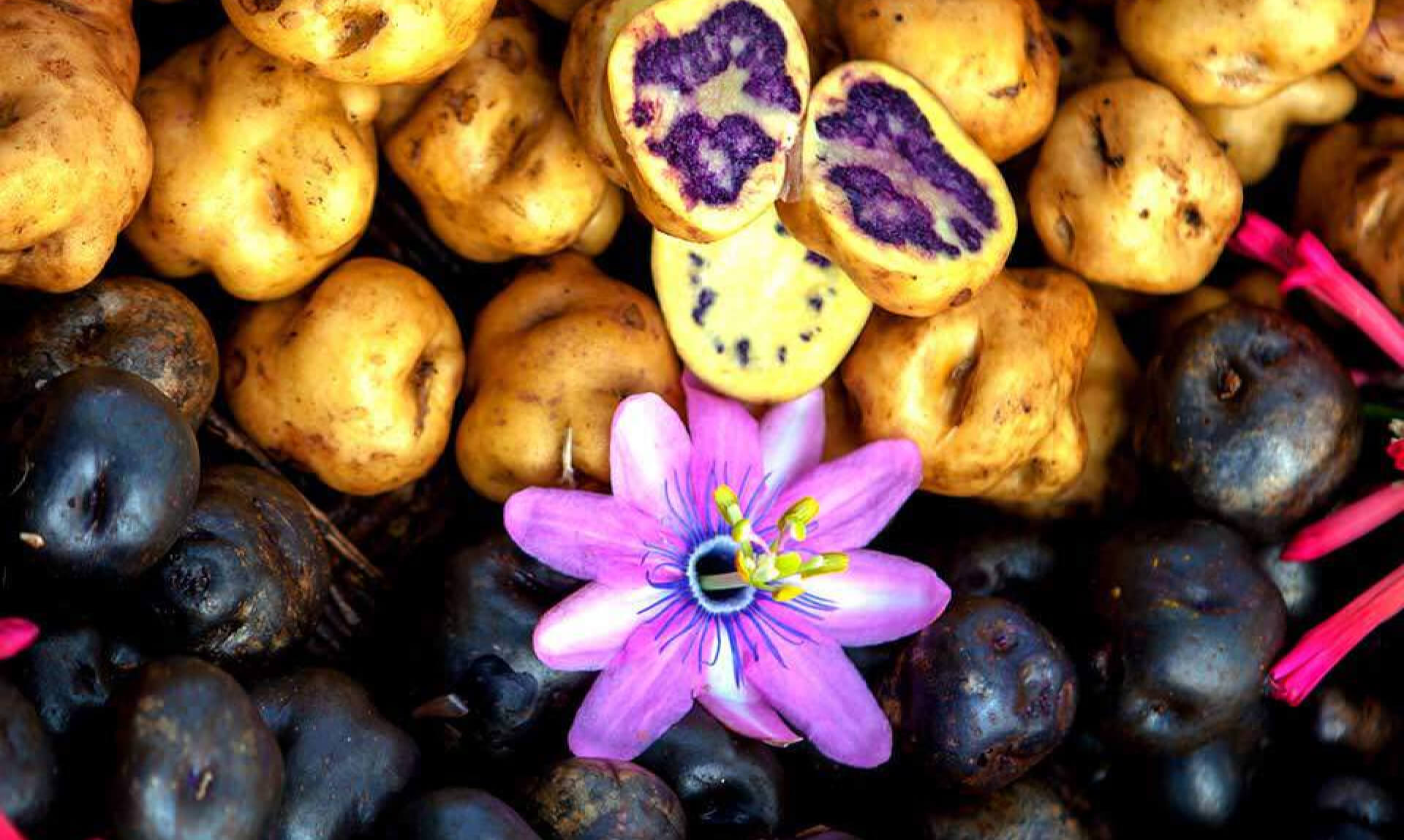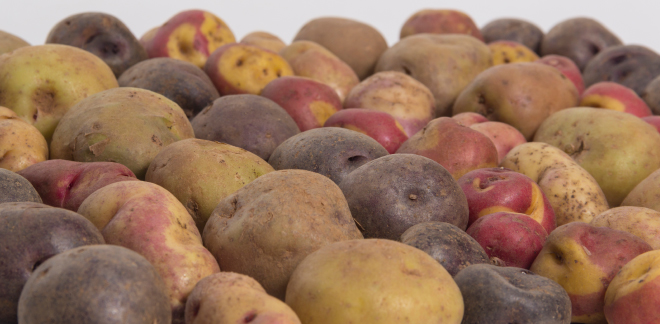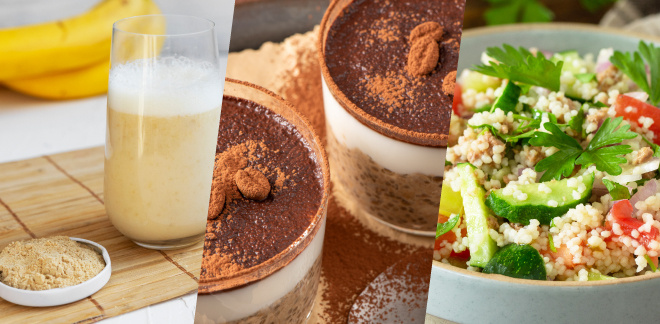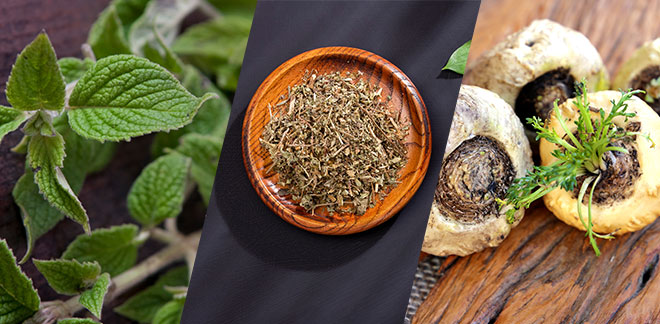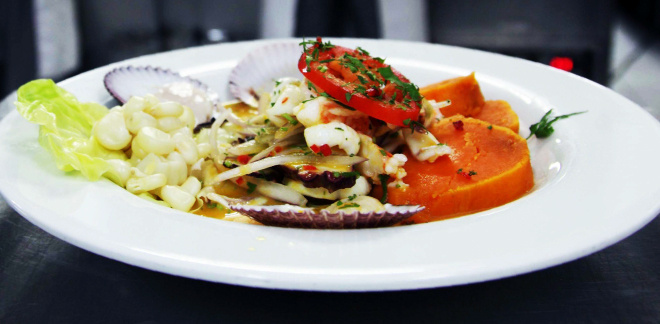National Pisco Sour Day: A celebration of Peru’s iconic cocktail
Síguenos en:Google News
The Pisco Sour, Peru’s signature cocktail, is celebrated as a symbol of tradition, winning over the world with the bold flavors of its key ingredient: Pisco.
Peru is written with "P" for Pisco and also with "P" for Pisco Sour. This iconic cocktail is one of the country’s most beloved drinks, known for its refreshing taste and perfect balance of sweet and sour.
Its origins trace back to early 20th-century Lima, where American bartender Victor Vaughen Morris, owner of Morris Bar, created the drink, drawing inspiration from the Whiskey Sour, according to historians Jose Antonio Schiaffino and Guillermo Toro-Lira.
Although Morris Bar closed in 1929, its iconic cocktail lived on, evolving and gaining international recognition. It was Mario Bruiget, a former bartender of the renowned bar, who brought the Pisco Sour to the Hotel Maury, refining the recipe by adding egg white and Angostura bitters..
 Source: Shutterstock
Source: Shutterstock
Pisco Sour and its international recognition
In 2007, the former National Institute of Culture (INC) declared the Pisco Sour a Cultural Heritage of the Nation. Notably, by 2004, the first Saturday of February had already been designated as Pisco Sour Day—a date chosen intentionally to coincide with the birth month of its creator, Víctor Vaughen Morris.
Reaffirming its significance in Peru’s national identity, the Pisco Sour has earned a place on the menus of prestigious bars and restaurants worldwide, establishing itself as a true ambassador of Peruvian cocktails.
In this way, the Pisco Sour has crossed Peruvian borders, earning a spot in global rankings of the best cocktails and gaining recognition at international gastronomic festivals.
In 2021, the leading cocktail industry magazine, Drinks International, included the Pisco Sour in its list of the 50 best-selling classic cocktails worldwide, praising its flavor, aroma, and unique character. Additionally, in 2023, the cocktail was ranked 95th in the list of the 100 best drinks in the world, according to the renowned magazine Taste Atlas.
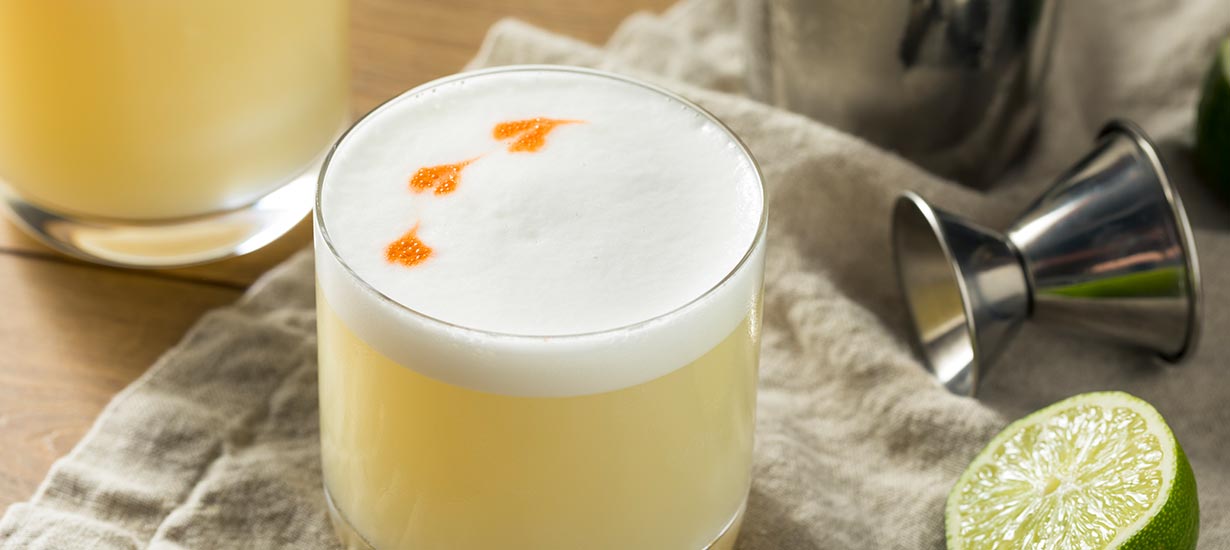 Source: Shutterstock
Source: Shutterstock
The importance of Pisco in Peruvian culture
Pisco is a symbol of identity and tradition in Peru. Its production and consumption are deeply connected to the country's history, and today it remains an essential part of celebrations, family gatherings, and national festivities. The culture of Pisco has been passed down through generations, and it is now a source of pride, having successfully made its mark on the global stage.
On the other hand, according to the National Pisco Commission (CONAPISCO), Pisco is produced in specific regions of the country, including Lima, Ica, Arequipa, Moquegua, and Tacna, with the Locumba, Sama, and Caplina. valleys. These areas provide ideal climatic conditions for growing the Pisco grapes, which are essential for the production of this iconic distillate.
Differences between types of Pisco
Pisco is classified into several types, depending on the grapes used in its production. Among them are:
Pisco puro: Made from a single grape variety, such as Quebranta, Italia, or Torontel. Its flavor profile differs depending on the grape variety used.
Pisco acholado: A blend of several Pisco grape varieties, giving it complexity and balance on the palate. It is an excellent choice for a well-structured and intense Pisco Sour.
Pisco mosto verde: Distilled before the fermentation of the must is complete, resulting in a sweeter taste.
For specialists, the type of Pisco used in preparation influences the cocktail’s character. For example, a Pisco Sour made with Quebranta tends to be drier and more robust, while one made with Italia or Mosto Verde has a fruitier and more aromatic flavor.
The Pisco Sour is a true expression of Peruvian culture and tradition. Its rich history, international recognition, and diversity make it a unique cocktail that proudly represents Peru worldwide.

